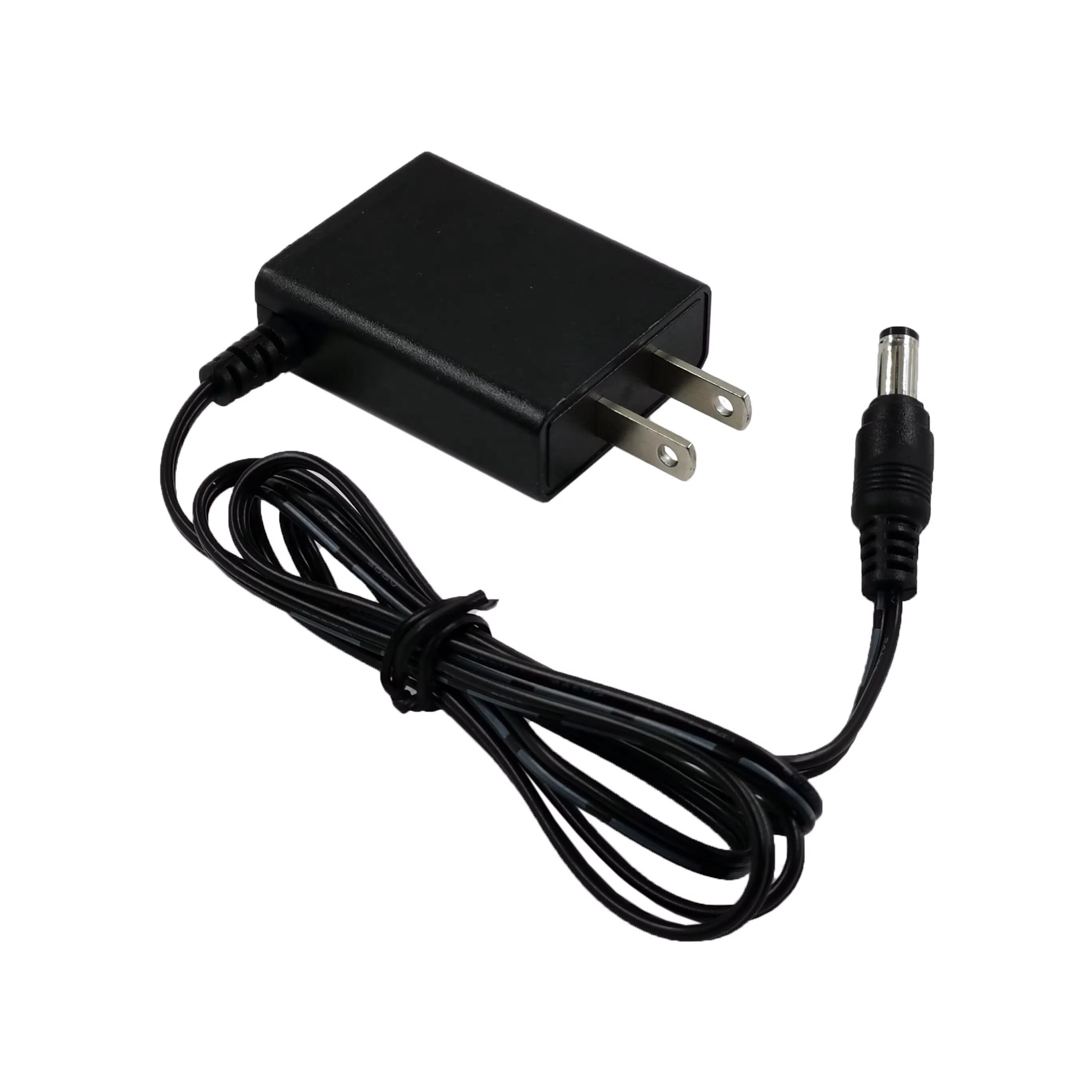Using a 12V power adapter might seem simple, but safety should always come first. Improper use can lead to electrical shocks, device damage, or even fires. You need to handle these adapters carefully. Regular maintenance and proper storage are key to ensuring safety with 12V adapters and keeping your devices running smoothly.
Identifying Safety with 12V Power Adapters
When it comes to using 12V power adapters, safety should always be your top priority. Let’s explore some key ways to ensure you’re making the safest choices.
Look for Safety Certifications
Before buying a 12V power adapter, check for safety certifications like UL, CE, or FCC. These certifications show that the adapter meets strict safety standards. They’re like a stamp of approval, giving you peace of mind that the product has been tested for safe use. If you don’t see any certifications, it’s better to skip that product.
Purchase from Reliable Manufacturers
Stick to well-known brands or manufacturers with a good reputation. Reliable companies prioritize quality and safety. They also provide clear instructions and warranties. You might save a few bucks with a no-name brand, but is it worth risking your safety or damaging your devices? Probably not.
Avoid Counterfeit Products
Counterfeit adapters are everywhere, and they can be dangerous. They often lack proper safety features and use low-quality materials. Always buy from authorized retailers or the manufacturer’s official website. If a deal seems too good to be true, it probably is.
Check for Built-in Safety Features
Look for adapters with built-in safety features like overcurrent protection, short-circuit prevention, or temperature control. These features act as safeguards, protecting both you and your devices. A good adapter will clearly list these features on its packaging or product description.
By following these tips, you can ensure safety with 12V power adapters and avoid unnecessary risks.
Proper Usage Guidelines for 12V Power Adapters
Match Voltage and Current Requirements
Always check the voltage and current ratings of your device before plugging in a 12V power adapter. Using an adapter with mismatched ratings can damage your device or even cause overheating. Look at the label on your device or its manual to find the correct specifications. If you're unsure, double-check with the manufacturer. Matching these requirements is one of the simplest ways to ensure safety with 12V adapters.
Avoid Overloading Outlets
Plugging too many devices into a single outlet can overload it. This increases the risk of electrical fires or tripping your circuit breaker. Use a power strip with surge protection if you need to connect multiple devices. Keep in mind that safety with 12V adapters starts with managing your power sources wisely.
Keep Away from Moisture and Heat
Water and electricity don’t mix. Keep your adapter away from sinks, spills, or any damp areas. Similarly, avoid placing it near heat sources like radiators or direct sunlight. Excessive heat can damage the adapter and reduce its lifespan. A dry, cool environment is ideal for safe usage.
Use Only with Compatible Devices
Not all devices are designed to work with a 12V power adapter. Using an incompatible device can lead to malfunctions or permanent damage. Stick to the devices specified by the adapter’s manufacturer. Compatibility ensures both your device and adapter stay in good working condition.
Handle with Dry Hands
This might seem obvious, but it’s worth repeating—always handle your adapter with dry hands. Wet hands can lead to electrical shocks. Make it a habit to check your hands before plugging in or unplugging the adapter.
By following these guidelines, you can minimize risks and enjoy a safer experience with your 12V power adapters.
Maintenance and Inspection Tips for Safety with 12V Adapters
Keeping your 12V power adapter in good condition isn’t just about performance—it’s about safety too. Regular maintenance and inspections can help you avoid accidents and extend the life of your adapter. Here’s how you can stay on top of it.
Regularly Check for Wear and Tear
Take a close look at your adapter and cables every now and then. Look for cracks, exposed wires, or any signs of damage. Even small issues can lead to bigger problems, like electrical shorts or overheating. Catching wear and tear early can save you a lot of trouble.
Replace Damaged or Frayed Cables
If you notice a frayed or damaged cable, don’t ignore it. Replace it immediately. Using a damaged cable can cause sparks, shocks, or even fires. Always choose a replacement cable that matches the original specifications to ensure safe operation.
Inspect the Adapter for Overheating
Feel the adapter after it’s been in use for a while. If it’s unusually hot, that’s a red flag. Overheating can indicate internal issues or improper usage. Unplug it right away and let it cool down. If the problem persists, consider replacing the adapter.
Test the Adapter Periodically
Testing your adapter is a simple way to ensure it’s working properly. Plug it into a compatible device and check if it delivers power consistently. If you notice flickering or interruptions, it might be time for a replacement.
By following these tips, you’ll maintain safety with 12V power adapters and keep your devices running smoothly.
Staying safe with 12V power adapters doesn’t have to be complicated. Follow the tips we’ve covered—choose certified products, use them correctly, and store them carefully. These steps protect you and your devices. Regular inspections and maintenance go a long way. Make safety with 12V adapters a habit, and you’ll avoid unnecessary risks.

